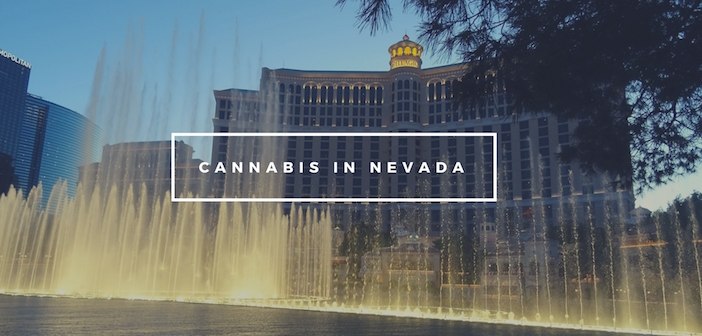n 1937, the Marijuana Tax Act was passed primarily because Harry Anslinger, the first commissioner of the U.S. Treasury Department’s Federal Bureau of Narcotics, made it his mission to demonize and outlaw the drug.
He was appointed just as the era of alcohol prohibition was coming to an end. Once that happened, his job was reduced to “a war on narcotics alone—cocaine and heroin, both outlawed in 1914” and he knew that wasn’t enough. So, he set his sights on marijuana.
With the help of some in the media that reported untrue stories about “crazed or violent episodes after marijuana use,” he was able to convince lawmakers and the American public that marijuana users were “slaves to this narcotic, continuing addiction until they deteriorate mentally, become insane, turn to violent crime and murder.” None of it true, but nevertheless, the Marijuana Tax Act made it a crime to sell or possess marijuana in the U.S.
It Gets Worse
Some 33 years later, that law was repealed and replaced by The Comprehensive Drug Abuse Prevention and Control Act of 1970. This time, marijuana was demonized even further by being categorized as a Schedule I drug—the category that includes heroin and LSD. Drugs in the schedule I category have a high potential for abuse, no currently accepted medical treatment use in the United States and a lack of accepted safety for use of the drug or substance under medical supervision. Why did lawmakers in 1970 think that marijuana fit that profile? One word: Anslinger.
Progress at the State Level
Despite the restrictive 1970 law, by late 2016, medical marijuana was legalized in 28 states and Washington, D.C. For recreational use, marijuana is now legal in eight states and Washington, DC.
Legal marijuana is a fairly new concept. It wasn’t until 1996 that a U.S. state legalized medical cannabis (not surprisingly, the progressive state of California). In 2012, Colorado and Washington became the first states to legalize cannabis for recreational use. And 2016 was the biggest electoral victory for marijuana reform since 2012.
This Again?
Though 2016 was a year of progress at the state level, federal lawmakers didn’t budge. In August 2016, the DEA reaffirmed its 46-year-old stance that marijuana should remain classified alongside heroin and LSD as a Schedule I controlled substance.
It remains a Schedule I drug because: “Drug Enforcement Administration chief Chuck Rosenberg says the decision is rooted in science. Rosenberg gave ‘enormous weight’ to conclusions by the Food and Drug Administration that marijuana has ‘no currently accepted medical use in treatment in the United States,’ and by some measures, it remains highly vulnerable to abuse as the most commonly used illicit drug across the nation.”
That decision is not rooted in science. It’s rooted in propaganda and alternative facts about marijuana.
The American People Know Better
Jeff Sessions, the newly confirmed U.S. Attorney General said, “We need grown-ups in charge in Washington to say marijuana is not the kind of thing that ought to be legalized…that it is, in fact, a very real danger.” However, a 2017 Quinnipiac Poll found that 59 percent of American voters say that marijuana should be legal, and 93 percent say it should be legal for medical purpose if it’s prescribed by a doctor.
credit:thecannifornian.com












